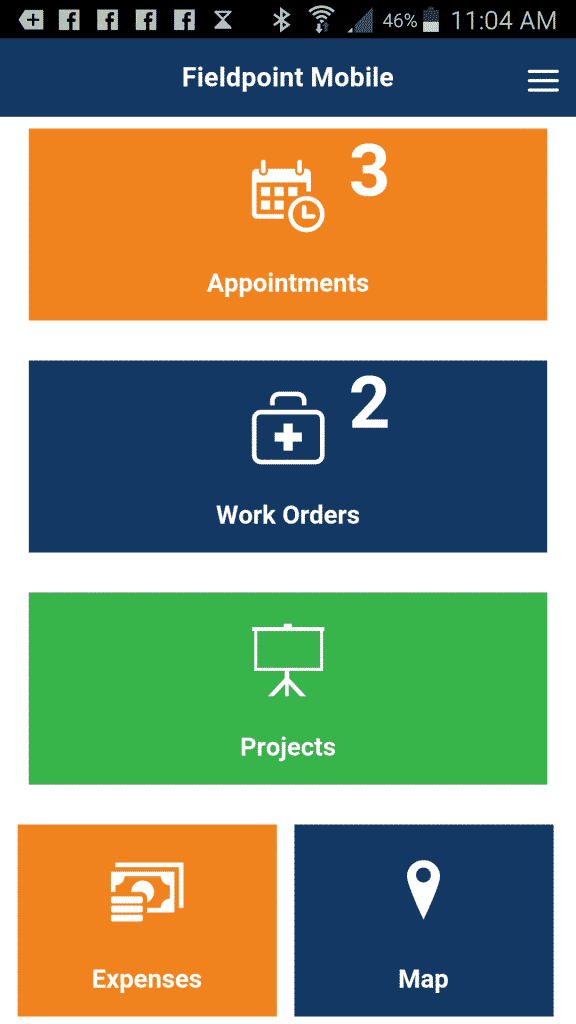5 Ways Going Mobile Has Helped the HVAC industry
Mobile technology isn’t new, but the benefits of adding a field service app to your technician’s tool kit could be a new concept for any worker, especially in the HVAC industry.
With inspection checklists, time sheets, parts, and inventory all to keep track off, mobility has taken HVAC field service software and added plenty of efficient ways for technicians to complete their work orders. And while some benefits are apparent, such as going paperless, there are many automation and useful ways HVAC technicians can utilize a field service app. Here are five ways mobility is improving operations in the HVAC industry.
1. Turns Downtime into Productive Time

2. Tighten Timelines
With a field service app, the time it takes to review and approve things such as invoices can drastically be reduced. HVAC technicians can finalize an invoice in the field, collect a signature and immediately send that completed work order back to head office for review, or, submit it instantly. In the time, it takes to click send, the completed work order is already in process of getting to the customer’s hands faster, and invoicing that used to take days, can now be done in a minute. The same can be said for ordering parts, submitting quotes and requesting additional support.
3. Better Data Collector
Think of all the tools an HVAC technician would need to bring to a job site. Add on additional tools for collecting valuable information, such as photos and video, or simply paper and pen for additional notes. Rather than flipping pages on a clipboard to make a note on an additional problem, or to remember to request a part, field service apps have space for those notes and additional information. And with additional connectivity with head office, those notes can be processed into new work orders or purchase requests, automating the process. Add in the ability to attach photos and video from a mobile device that is already equipped with the technician’s checklist of tasks, more information can be collected to create historical data on a piece of equipment or about a customer’s issues.
4. Finding Your Location
Mobile devices are equipped with GPS, which can help provide better location tools for technicians driving from job site to job site. Field service apps can help route a technician to the next job and provided them the fastest route to minimize travel time and provide the customer a more accurate time of arrival.
5. Stronger Communication with Dispatch
Things can change rapidly, and by using the field service app, HVAC technicians can stay up to date on changes in the work order in real-time. Dispatch doesn’t have to make phone calls to update technicians on a new task to complete, they can simply add it to the existing work order or checklist and ensure the technician will complete it. Whether the technician is on the road driving or speaking to a customer and unable to answer a call, dispatch can ensure the right information and tasks are being sent and completed, without verbally informing the technician, or requiring them to return to the office.
